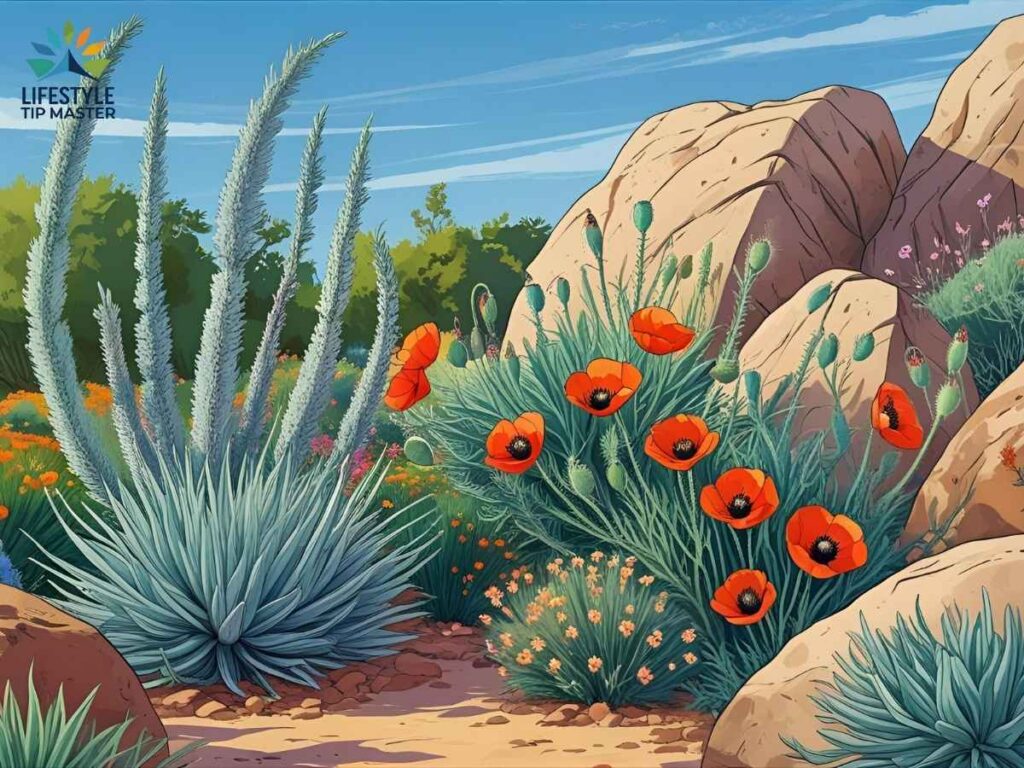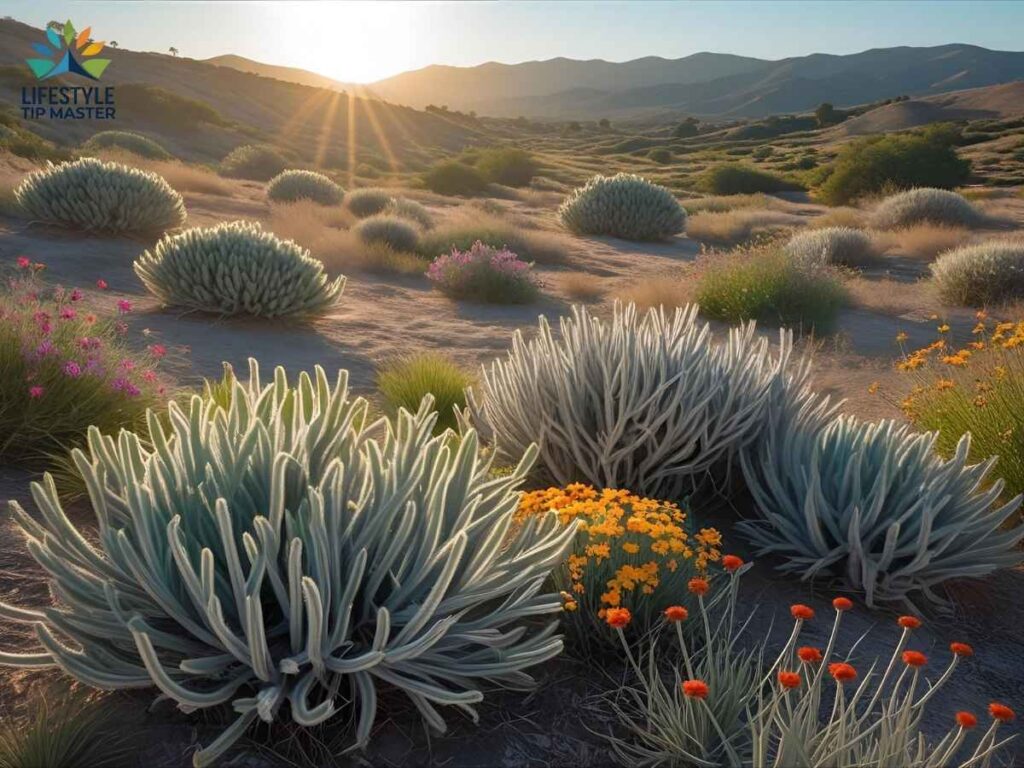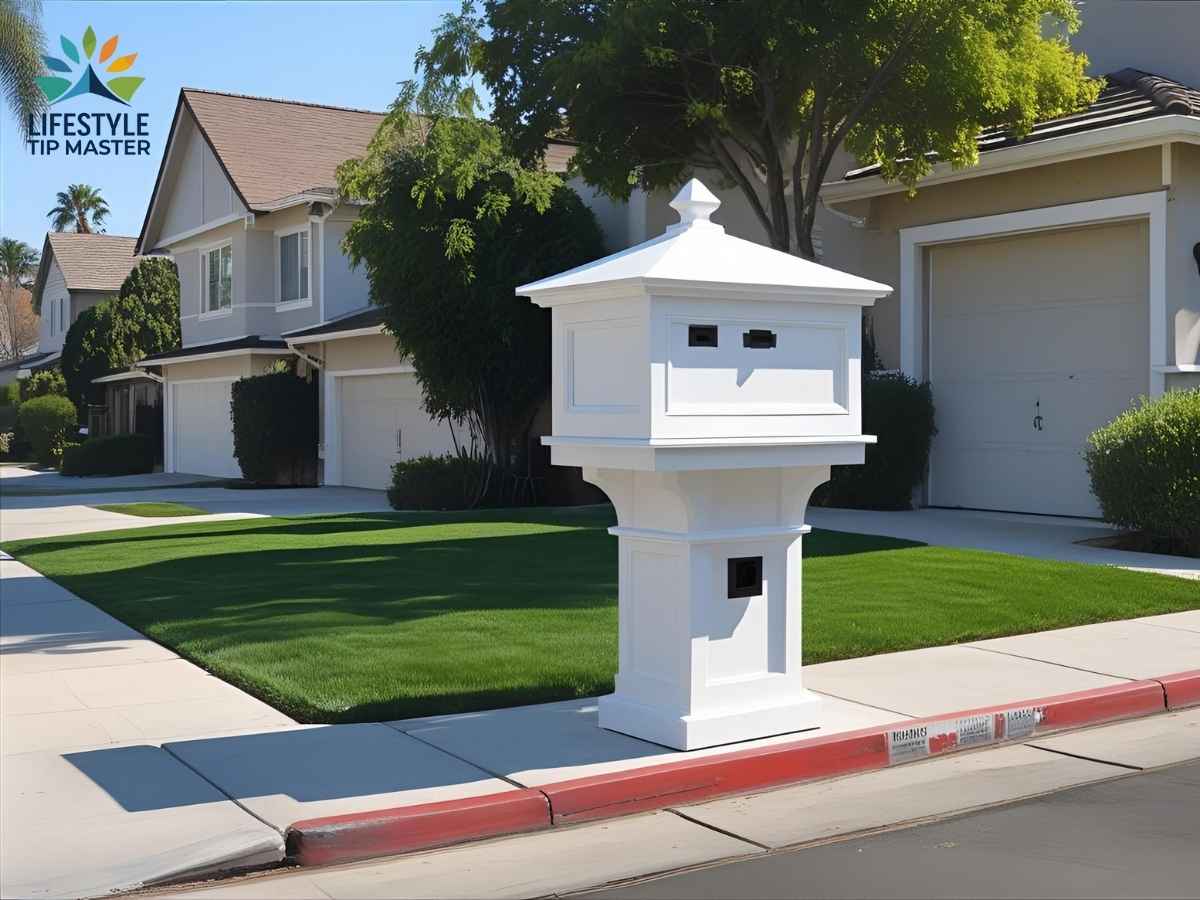Early morning in Otay Mesa, the air carries a gentle scent of sage as sunlight gilds the edges of terracotta rooftops. In this vibrant Los Angeles neighborhood, savvy homeowners are reimagining their gardens, turning away from thirsty lawns and cookie-cutter landscaping. The trend? Native plant design. Beyond beauty, residents are finding water savings, wildlife, and resilience—without sacrificing style.
Table of Contents
Los Angeles Context: Climate, Land, and Neighborhood Needs
Otay Mesa, located in the southern tip of Los Angeles County, is graced with a classic Mediterranean climate—mild, wet winters and long, dry summers. Rainfall averages just 12–15 inches annually, far lower than many U.S. regions. The soils, often clay-dominated with patches of rocky substrate, create a unique challenge: most traditional garden plants struggle. Meanwhile, drought, heatwaves, and mandatory water restrictions have become the new norm for LA residents.

Los Angeles neighborhoods like Otay Mesa (ZIP 92154, bordering San Ysidro), Boyle Heights, and Echo Park share these tough conditions but also share untapped potential for lush, eco-friendly landscaping. Gone are the days when California yards had to be monotone swatches of Bermuda grass. Today’s landscape aesthetic in LA is about color, habitat, and conservation.
Why Go Native? The Otay Mesa Perspective
Landscaping with native plants adapts to the land, rather than fighting it. Local plants like coastal sagebrush, California buckwheat, toyon, Ceanothus, and manzanita have thrived for centuries in LA’s climate. Benefits of using these native plants in your Otay Mesa landscape include:
- Severe reduction in water use—often up to 70% less than conventional landscaping
- Lower maintenance and fertilizer requirements
- Creation of natural habitats for hummingbirds, butterflies, and local pollinators
- Improved fire resistance and erosion control
- Eligibility for LADWP water rebates and landscape transformation grants
If you’re concerned about monotony or lack of greenery, rest assured: native plant landscapes deliver year-round color, fragrance, and seasonal surprises—from the golden poppy’s spring bloom to the deep evergreen of coastal live oaks.
The Path to a Native Garden—Step by Step
Transforming your yard in Otay Mesa with native plants isn’t complicated. Here’s how residents across Los Angeles are finding success:
- Assess the site.
Understand your yard’s sunlight, slope, soil, and drainage. Otay Mesa’s microclimates can vary—north-facing slopes may stay cooler and moister, while south sides bake in the afternoon. - Research plant lists.
California native superstar species for backyard landscapes include:- California sagebrush (Artemisia californica)
- Toyon (Heteromeles arbutifolia)
- Cleveland sage (Salvia clevelandii)
- Monkeyflower (Mimulus aurantiacus)
- California lilac (Ceanothus spp.)
- Deer grass (Muhlenbergia rigens)
- White sage (Salvia apiana)
- Design with purpose.
Use tall species like toyon as privacy screens, fill slopes with ceanothus for erosion control, border paths with elegant California poppy, and group plants with similar water needs for efficiency. - Install efficiently.
Fall and early winter (November through March) are the best times for planting—roots establish before summer heat. Mulch with shredded bark or gravel to lock in moisture and suppress weeds. - Maintain with mindfulness.
Native gardens need some attention: deep watering every 3–4 weeks in summer (after establishment), seasonal pruning, and quarterly weeding. Most crucial: avoid overwatering!
Success Stories from LA Neighborhoods
Otay Mesa: Sage and Succulent Sanctuary
Maria and Javier, longtime Otay Mesa residents, transformed their back lawn into a vibrant pollinator haven featuring deer grass, monkeyflower, and coastal sagebrush. Within a year, their water bill dropped by 60%, and native bees are now frequent visitors. Initially skeptical about “letting go of green,” they were amazed by the gold, lavender, and rust hues blooming in all seasons—and the compliments from neighbors.
Boyle Heights: Parkside Resilience
On Evergreen Avenue, the Choi family faced a chronically shaded, clay-heavy yard—nothing seemed to thrive. With help from a local landscaper, they installed Catalina currant, hummingbird sage, and toyon along the fence line. This combination provided year-round greenery and privacy, plus the added bonus of red berries that delighted songbirds in December.
Echo Park: Urban Wildlife Oasis
Shawn, an apartment owner in Echo Park, replaced a patchy, water-hungry lawn with California poppy, white sage, and ceanothus. He soon hosted regular birdwatchers—drawn not to the garden’s owner, but to the sightings of Western tanager, monarch butterflies, and native hummingbirds. For him, landscaping became a way to weave his small lot into LA’s greater web of habitats.
Top 3 Native Plant Landscape Providers in Los Angeles
Ready to bring native landscaping to your Otay Mesa property? These local professionals are highly rated and experienced with Southern California’s unique climates:
1. Besanti Natives
Certified California Native Plant Landscapers—known for tailored design, eco-friendly plant palettes, and comprehensive maintenance. Services include custom landscapes, native plant delivery, and fine gardening.
Website: https://www.besantinatives.com

2. Garden Natives, Inc.
San Gabriel Valley-based designers focusing on California native gardens that benefit pollinators, birds, and bees. They provide design, installation, and monthly or quarterly garden maintenance.
Website: https://www.thegardennatives.com
3. Growscapes
Best for drought-tolerant, modern native landscapes—specialize in LA-area microclimates such as Redondo Beach, Palos Verdes, and Long Beach. Known for blending design with sustainable, water-efficient plantings.
Website: https://growscapesoc.com/drought-tolerant-landscaping-los-angeles
Local Tools and Authoritative Resources
Whether you’re planning your project or looking for rebates and guidelines, these authoritative local tools are must-haves:
- LADWP California Friendly Landscape Incentive Program: Find rebates and classes for water-wise landscaping at the Los Angeles Department of Water and Power.
- LA County Public Works Drought Tolerant Garden Guide: In-depth local plant list and planting calendar at the LA County Public Works Drought Tolerant Guide.
- Theodore Payne Foundation: Offers the largest selection of local native plants, landscape workshops, and practical garden tours; visit theodorepayne.org.
- California Native Plant Society (CNPS): Regional plant lists and expert events at cnps.org.
- LA Public Library Planting Resources: Local gardening guides and plant workshops at LAPL.
Quick Answers: People Also Ask
What are the best months for planting native plants in Otay Mesa, Los Angeles?
Early November through March is ideal. This allows roots to develop during LA’s rainy season; new plantings need little summer watering after that.
Do native plants need fertilizer or pesticides in Los Angeles?
No. Established natives thrive without fertilizer or pesticides—these inputs often harm beneficial insects and can cause “leggy” growth.
How do I convert my lawn to a native landscape?
Remove sod, layer organic mulch, and plant clusters of native shrubs and perennials. Group plants with similar water needs and use drip irrigation for efficient watering.
Will native landscaping lower my water bill in LA?
Yes, most Otay Mesa residents see at least a 50% reduction in outdoor water use. Using LADWP’s rebate program can save you on installation costs as well.
Can a native landscape look lush and colorful all year?
Absolutely! Use a mix of evergreen shrubs, seasonal wildflowers, and ornamental grasses. Planting for staggered bloom ensures color from spring through winter.


